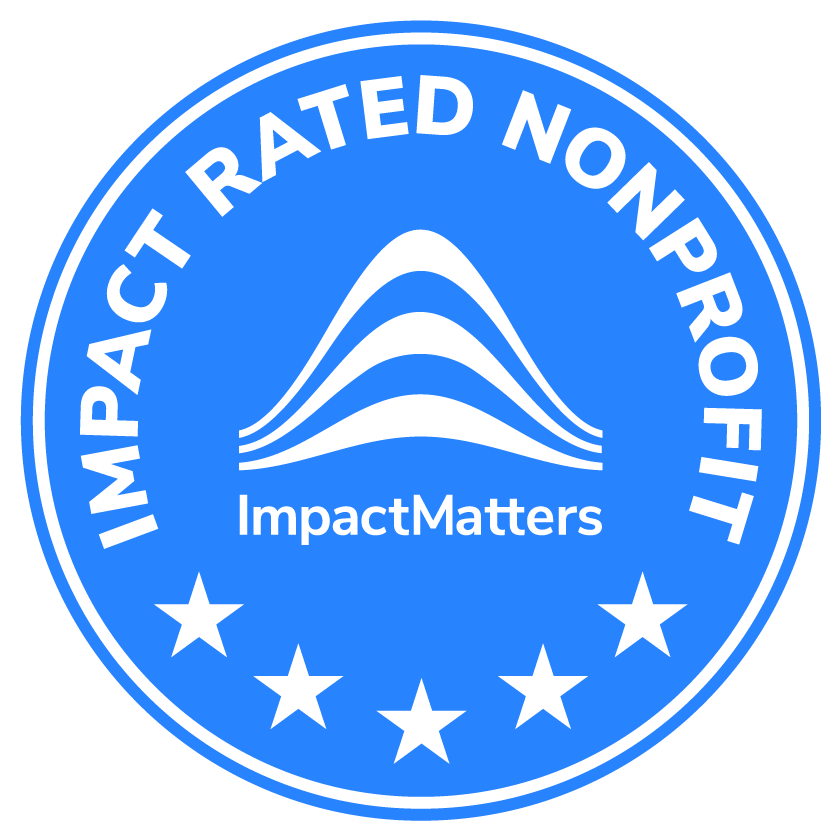Authored by Upaya's own Jyotsna Taparia, this article was submitted in June to the Devex/ USAID "Frontiers in Development" Essay Competition. The competition prompted writes to submit their thoughts on a variety of questions under the heading How would you Eradicate Extreme Poverty by 2030?
Q: Aside from income, how might we define and measure other dimensions of extreme poverty?
“Development requires the removal of major sources of unfreedom: poverty as well as tyranny, poor economic opportunities as well as systematic social deprivation, neglect of public facilities as well as intolerance or overactivity of repressive states.”
-Amartya Sen (1999), Development as Freedom
For far too long the discourse on poverty has been limited to income or lack of it thereof. The discourse on extreme poverty or absolute poverty has been taking its shape and form since early 80’s. In 1990, the World Bank proposed that global poverty should be measured through the standards of the poorest countries and arrived at a $1 a day poverty threshold, a figure that was last updated to $1.25 a day (based on 2005 PPP)[1]. This definition also became the basis for Millennium Development Goal #1: reduce by half the proportion of extreme poor (those living under $1.25 a day) by 2015.
However, income measures can only go so far as to capture the consumption capacity of an individual, calculated either in monetary terms or nutritional count. They are grossly insufficient in capturing extreme poverty as they do not exhibit any sensitivity towards the depth[2], duration and direction[3] of poverty.
In his seminal work Development as Freedom (1999), Nobel laureate Amartya Sen outlines how the development debate should be structured. Sen postulates that development is closely linked to three sets of freedom: economic, social and political. Poverty in this framework is described as absence of at least one freedom. According to Joseph Wrensinski, a lifelong activist and founder of the ATD Fourth World, extreme poverty is a “... lack of basic security [that] simultaneously affects several aspects of people’s lives, when it is prolonged and when it severely compromises people’s chances of regaining their rights and of reassuming their responsibilities in the foreseeable future.” The underpinnings of this approach are largely similar to what Sen proposes - poverty is deeper than just the state of material deprivation and is not static in time.
From the postulations of Sen and Wrensinski, it’s clear that extreme poverty is a result of three crucial factors:
a. Availability and efficiency of human, financial and physical assets
b. Inequality in the availability of opportunities and ability to exercise agency
c. Interaction with measurable deprivations that reinforce the impact of others
Despite the longstanding focus on income as the sole indication, a significant body of work has emerged establishing the multidimensional nature of poverty both at the household and at the community level. However, identification of the extremely poor based on this multidimensionality poses its own set of unique challenges. For example, if the indicators being used are income, school attendance, nutritional status and health status, then there are some scholars who argue that a household falling below the minimum threshold on any one of the indicators should be considered poor. There are still others who contend that households should score low on all indicators in order to qualify as poor. With these conflicting approaches to poverty identification, one runs the risk of erroneously including or excluding a fraction of the poor population when developing programme interventions (also known as an error of commission or omission.)
Extreme poverty measurement is much more complex than a simple error of omission or commission. It has been observed that deprivation of one indicator actually has negative impact on other indicators, resulting in a self-perpetuating cycle of poverty that is often referred to as the “vicious cycle of poverty.” Thus any discussion of alternative measures must look at these trailing indicators as well as leading ones. These additional indicators can not only capture the effect of extreme poverty, but also show us the progress being made by a household. For example, a household that cannot afford to send its children to school will see them working either with their parents or elsewhere. The lack of formal education and skills won’t allow them to compete in the more remunerative skilled job market and will often result in a lower household income.
Following this logic, it is useful to look deeper at some of the trailing indicators of extreme poverty that are common to all contexts and benchmark them against established trends, such as:
● Households that typically spend more than 50% of their income on food expenditure are more sensitive to income shocks and less likely to avail of services like health and education. Deprivation for these households would be on multiple counts - lack of food, education, quality health care and other services. Therefore an increase in income should result in a decline in the food expenditure to income ratio[4] but also a concurrent increase in the uptake of the other services.
● Households relying on manual labour (informal and unorganized) as their primary source of income are more likely to be in the extreme poor category as the availability of work is not only infrequent and erratic in nature but also low paying. Therefore, tracking changes in the nature of the work that generates income for the family can provide valuable insights.
● The presence or absence of certain classes of assets is also an indicator of the extent of poverty in the household. A low percentage ownership of productive assets (land, livestock, simple machinery and tools etc.) is a likely trailing indicator of extreme poverty.
● Households rate of electrification against local and regional statistics. Electrification has a direct impact on trailing indicators - household assets, cooking and refrigeration, educational success - and therefore is often prioritized by households as income stabilizes or increases. Admittedly, the legality of such connections is often murky at best, but it is nonetheless an indicator of a household’s day-to-day income situation.
Because extreme poverty is relative, we must look at each case in the context of a larger community. Geography and surroundings play an important role in determining the common minimum threshold for a poverty measure or even if the measure will prove to be valuable in providing insights into the extent of deprivation. Therefore, the goal of poverty measurement should not be to create a one-size-fits-all multidimensional index but rather a set of robust indicators that is most relevant to the local context. While this route may not allow for seamless cross comparison, it is successful in achieving a high degree of universality.
---
[1]Ravillion et. al (2008). Dollar a Day revisited, http://www-wds.worldbank.org/servlet/WDSContentServer/WDSP/IB/2008/09/02/000158349_20080902095754/Rendered/PDF/wps4620.pdf
[2]Depth of poverty is related to the extent by which a household falls below the poverty line threshold.
[3]Households also show movement out of poverty to fall back again due to external shocks (for example, detection of an ailment with prolonged treatment, natural calamities etc.)
[4]For a richer discussion on this refer to http://www.ers.usda.gov/publications/err-economic-research-report/err89.aspx


































